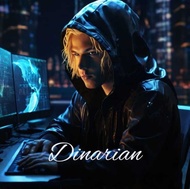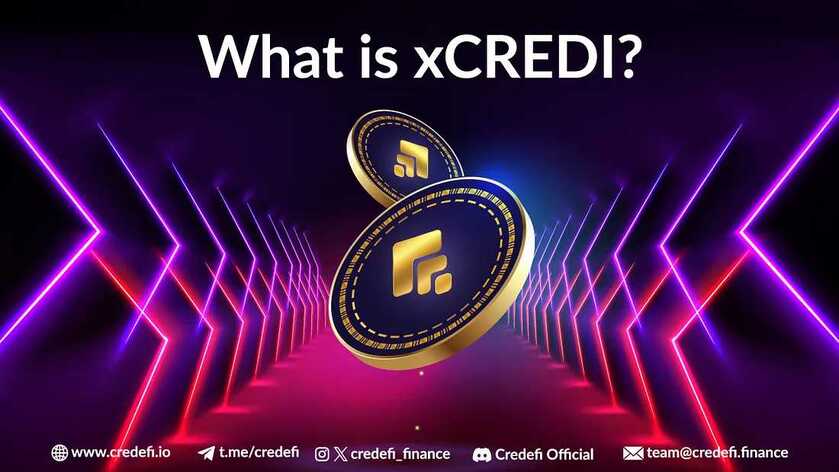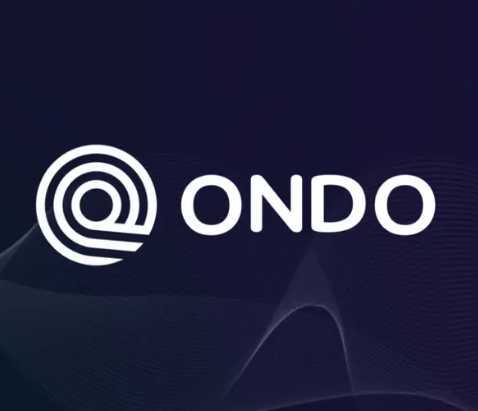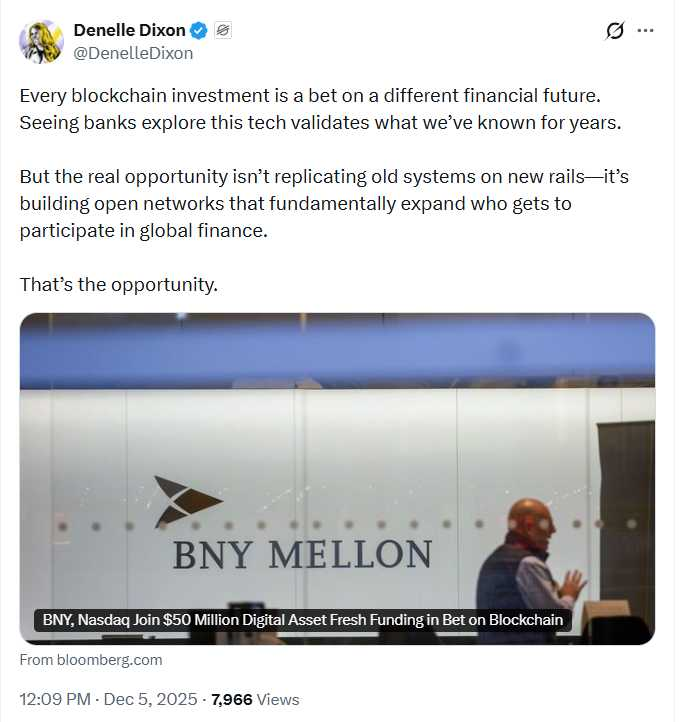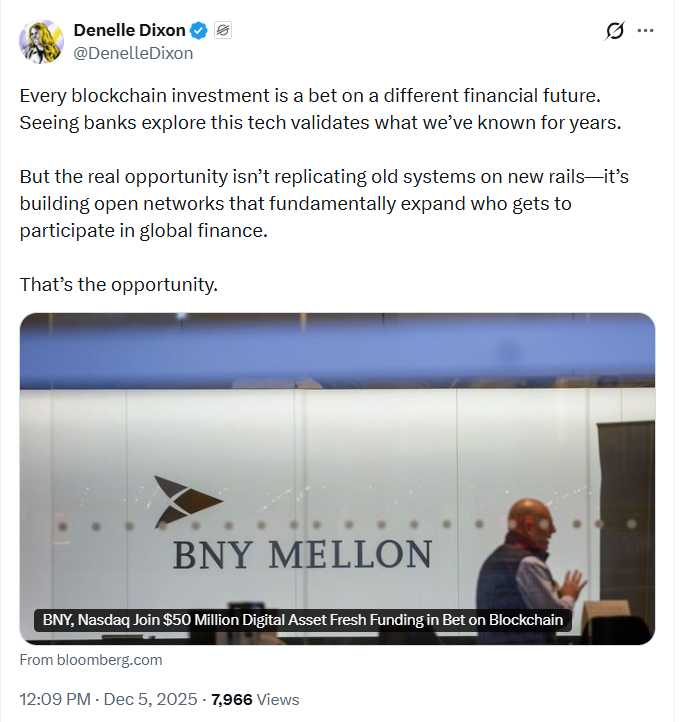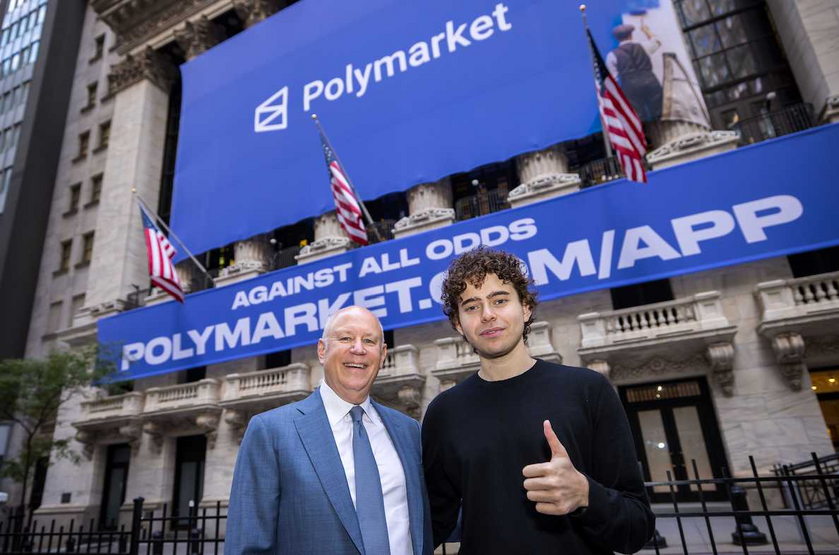CREDI vs. xCREDI: The Key Differences
CREDI is the main utility token within the Credefi ecosystem. It powers basic functionalities such as lending, staking, and collateralization, forming the foundation of the platform.
In contrast, xCREDI is a variable-supply token obtained by burning CREDI. It offers advanced utilities like governance participation and revenue sharing while introducing a deflationary mechanic that benefits long-term holders. Together, these tokens complement each other, with CREDI as the foundational asset and xCREDI as a more exclusive, value-driven token tied to platform growth.
How to Obtain xCREDI
There are two primary ways to acquire xCREDI.
The first is through conversion. Users deposit CREDI into the Credefi Security Module, where the deposited tokens are burned, and xCREDI is minted at a rate determined by a bonding curve. The more xCREDI is minted, the higher the cost for subsequent conversions, introducing scarcity and rewarding early adopters. For example, depositing 1,000 CREDI at a 1:1 rate might yield 100 xCREDI per month over ten months.
The second method is direct purchase. xCREDI can be bought on decentralized exchanges such as UniSwap or centralized exchanges, depending on availability. This provides an accessible alternative for users who prefer not to burn CREDI.
The Long-Term Play for xCREDI
xCREDI is designed to be a deflationary and value-accruing asset, making it an attractive long-term investment.
Governance participation is a core feature of xCREDI. Holders can influence the platform’s direction by voting on upgrades, new features, and strategic decisions, playing an active role in Credefi’s development.
The token also offers perpetual revenue sharing. Ten percent of all platform fees and interest revenue are allocated to a buyback and liquidity provision program. The xCREDI/USDT liquidity pool tokens purchased through this program are burned, reducing the supply of xCREDI and increasing its scarcity over time. As Credefi grows, the platform’s revenue increases, creating more demand for xCREDI and enhancing its value for holders.
Additionally, xCREDI holders can provide liquidity to trading pairs like xCREDI/USDT on decentralized exchanges. By doing so, they earn trading fees and can stake their liquidity pool tokens in the Credefi Security Module for additional rewards in CREDI.
The bonding curve mechanics further support long-term value. Early adopters enjoy lower conversion costs, while those who join later face higher rates, incentivizing early participation and creating a natural control over supply.
How the Swap Between CREDI and xCREDI Works
The conversion process from CREDI to xCREDI is straightforward yet carefully designed to maintain system stability. Users deposit their CREDI tokens into the Credefi Security Module. Once deposited, the CREDI is burned, and xCREDI is minted.
The conversion is gradual, often occurring over a defined period. For example, a deposit of 1,000 CREDI may yield 100 xCREDI per month for ten months. During this time, the unconverted CREDI remains usable by the security module to support system stability. This structured approach prevents sudden market fluctuations and ensures consistent token dynamics.
Why xCREDI Matters
xCREDI’s unique design makes it an integral part of the Credefi ecosystem. Its deflationary nature, driven by continuous buybacks and LP token burns, creates scarcity and boosts its value over time.
Beyond governance, xCREDI offers enhanced utility through passive income opportunities like liquidity provision and revenue sharing. This makes it a compelling asset for both active and passive participants.
Additionally, the gradual conversion process ensures a balanced token economy, supporting long-term growth while preventing sudden market disruptions.
Key Takeaways
CREDI powers the Credefi ecosystem, while xCREDI rewards long-term commitment, governance participation, and revenue sharing. The bonding curve model encourages early adoption, while deflationary mechanics increase value for xCREDI holders over time.
Through its integration of governance, incentives, and deflationary features, xCREDI offers users a unique opportunity to grow alongside the Credefi platform. It represents a sophisticated blend of blockchain technology and real-world financial innovation, ensuring stability, growth, and value for all participants.
Links:
Website: https://v2.credefi.finance/
X: https://x.com/CredefiOfficial
Telegram: https://t.co/AVbmvY7R74

🙏 Support My Work 🙏
If you find value in my content, consider showing your support:
💳 PayPal – Just scan the QR code 📲
🔗 Crypto – Send contributions via Coinbase Wallet to: Dinarian.cb.id
Your generosity keeps this mission alive! Namasté 🙏✨ #SupportIndependentMedia #Crypto

